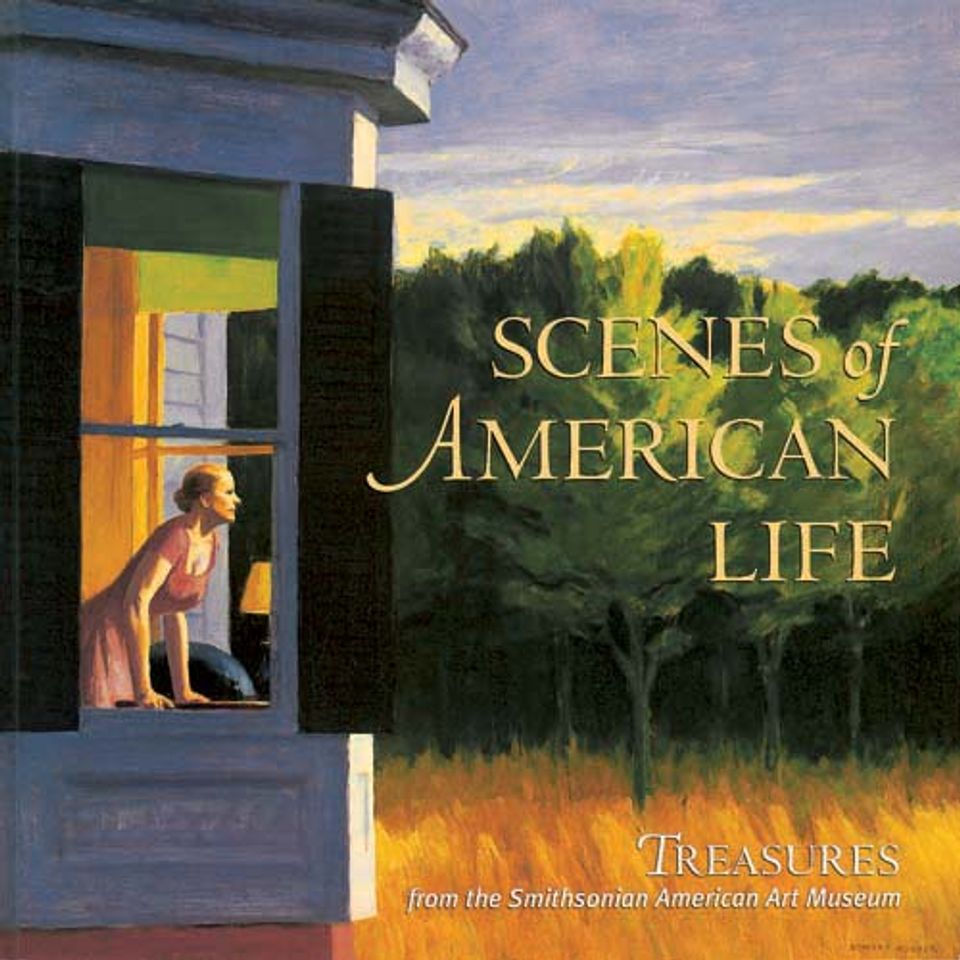Ralston Crawford

- Also known as
- George Ralston Crawford
- Born
- St. Catharines, Ontario, Canada
- Died
- Houston, Texas, United States
- Active in
- New York, New York, United States
- Biography
Born 25 September 1906, St. Catharines, Ontario, Canada. 1926–27, sailed on tramp steamers to Caribbean, Central America, California, New Orleans. Studied at Otis Art Institute, Los Angeles. Worked in Walt Disney's studio. 1927–30, studied at Pennsylvania Academy of the Fine Arts and Barnes Foundation, Merion, Pa. 1932–33, to Europe, where he studied in Paris at Académie Colorossi and Académie Scandinave; toured Spain, Italy, Balearic Islands. 1933, studied at Columbia University.
1934, first one-man show, Maryland Institute of Art, Baltimore. Taught at Art Academy of Cincinnati, 1940–41 and 1949; Buffalo Fine Arts Academy, 1942; Brooklyn Museum School, 1948–49. 1950–68, made many trips to New Orleans to photograph musical life of the city. 1952–57, taught at New School for Social Research, New York. 1953, retrospective exhibition, University of Alabama; visiting artist, University of Michigan.
1954–55, traveled in France and Spain. 1958, retrospective exhibition, Milwaukee Art Center; visiting artist, University of Colorado. Exhibited lithographs in London. Taught at Hofstra College, 1960–62. Photographic research consultant, Tulane University, Archive of New Orleans Jazz, 1961. 1961–62, retrospective exhibition of lithographs, University of Kentucky. 1963–73, traveled widely in Europe, Caribbean, and U.S. Died 27 April 1978, Houston, Tex.
William Kloss Treasures from the National Museum of American Art (Washington, D.C. and London: National Museum of American Art with the Smithsonian Institution Press, 1985)
- Luce Artist Biography
When Ralston Crawford was a young man, he journeyed from the East Coast to South America and California aboard ship. His wanderlust followed him throughout his life and, after teaching art at different schools around the country, he left his job to travel the world. He was the only artist invited to witness the first public test of an atomic bomb in the Marshall Islands in 1946, and he created several paintings based on the "devastating character" of what he saw (Ralston Crawford: Paintings of Operation Crossroads atBikini, exhibition brochure, The Downtown Gallery, 1946). Crawford often incorporated elements from the landscape into his abstract paintings, creating patterns based on a variety of sources, from bridges and dams to fishing boats and lobster pots. (Haskell, Ralston Crawford, 1985)














